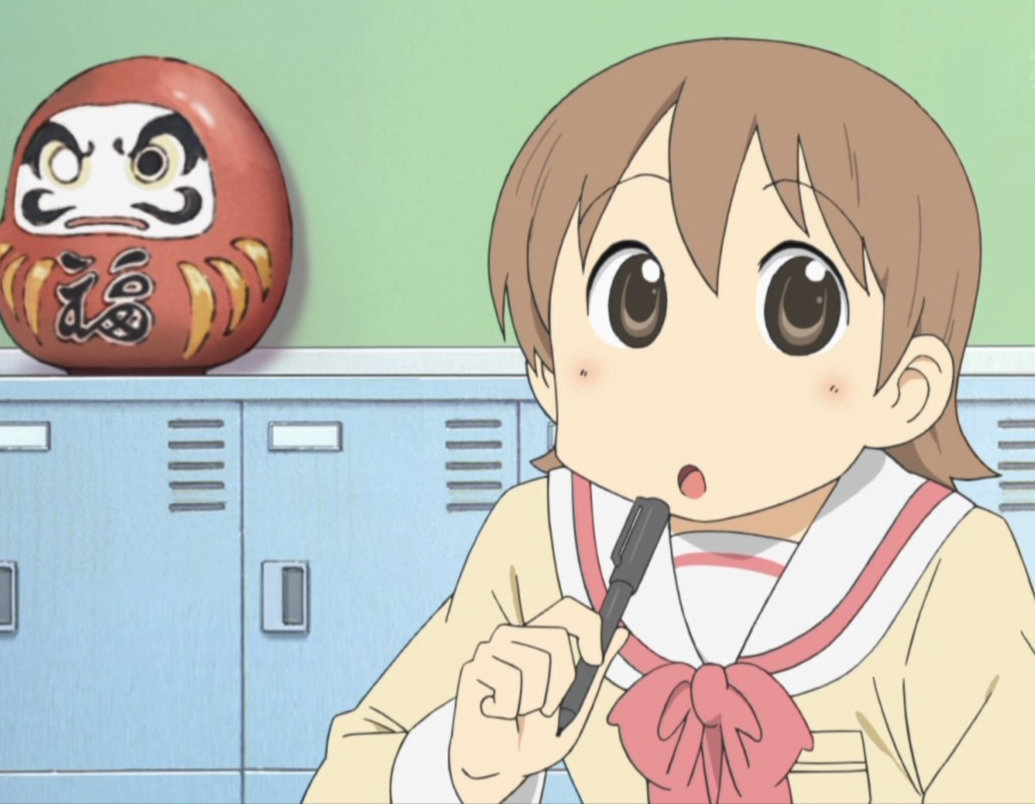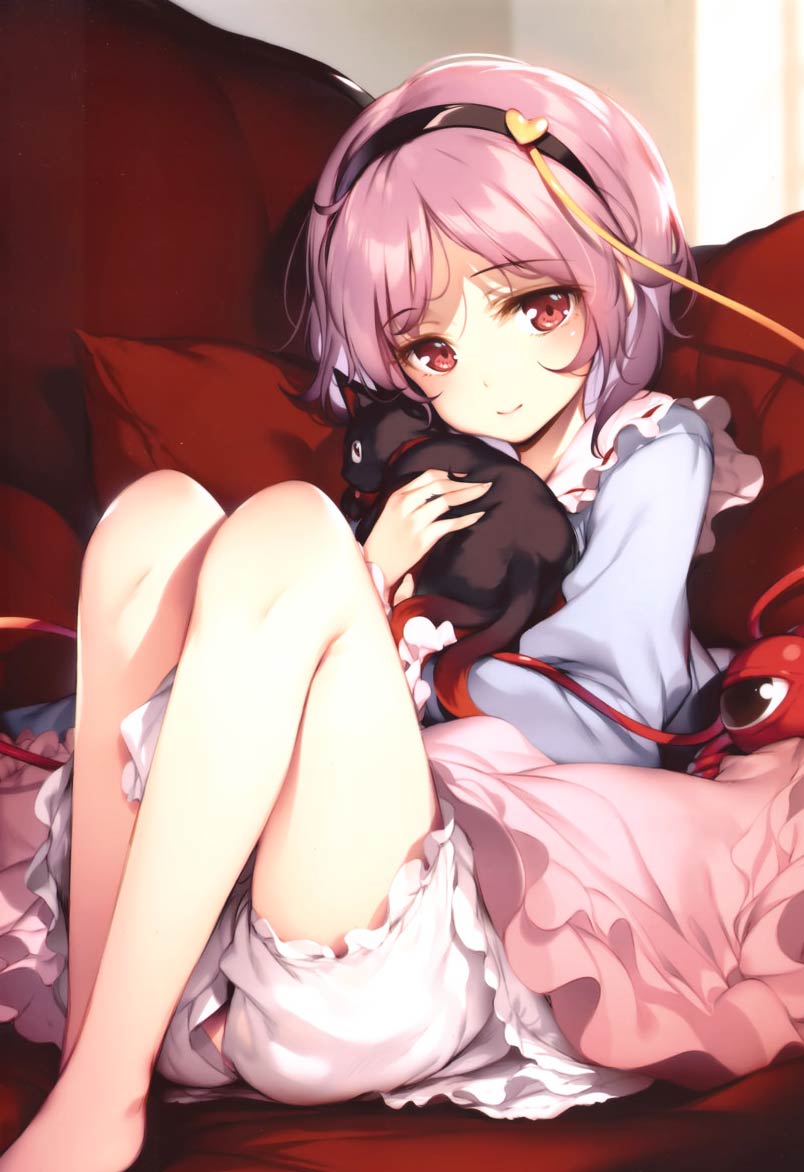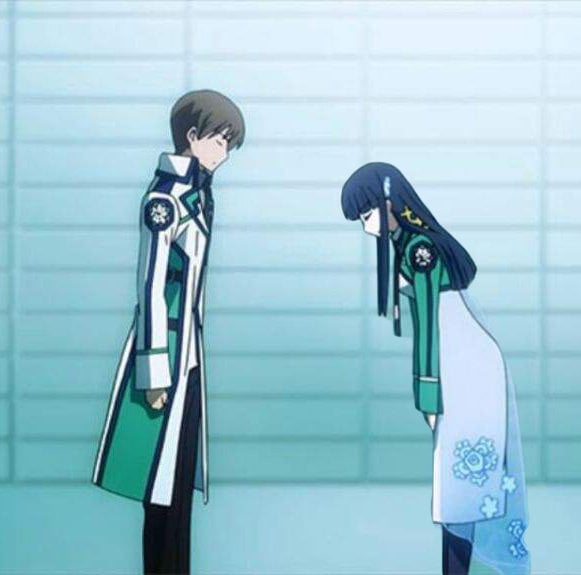Hello again from J-List. Once again we’ve made the hop from San Diego to Japan, traveling the 5443 miles (8759 km) from our American home to our Japanese one. The flight was fine, although bumpier than normal due to the extra turbulence in the skies in winter.
We’ve returned just in time for our favorite time of year, oshogatsu, or the New Year’s Day holidays. Unlike the happy, boisterous fun that is New Year’s in the U.S. and elsewhere, Jan. 1 is a very solemn day in Japan. Today is New Year’s Eve, and everyone is rushing around doing everything they need to get done before the holidays, like finishing up their o-soji (“big cleaning”) so they can face the new year with a clean house, and readying various decorations for the home. It’s customary to eat Japanese soba (buckwheat) noodles on the last day of the year, which supposedly helps everyone enjoy long lives, and December 31st is the busiest day for restaurants that serve noodles. But the most important activity that takes place on New Year’s Eve is watching Kohaku, the Red and White Song Battle, an annual live show put that’s been put on by NHK every year since 1951 in which female singers (the red team) battle male singers (the white team) to see which side can put on the most extravagant performances. The Kohaku show is “the” music event of the year, comparable to the Academy Awards in the U.S., and virtually every top star will be there, from Leah Dizon to Gackt to the singers in Hello! Project and enka greats Saburo Kitajima and Sayuri Ishikawa. After the Kohaku show ends at 11:45 pm, NHK broadcasts Yuku Toshi, Kuru Toshi (Year Going, Year Coming) showing solemn images of people making their way to beautiful Shinto shrines, Buddhist temples, Christian churches and Muslim mosques to do hatsu-mode (ha-tsu MOH-day), the first prayer for good luck and happiness of the New Year, overlaid with the sound of a bell that chimes 108 times. Then, the TV display flashes “0:00,” letting you know the New Year has silently arrived.
Japan is nothing if not the land of the “boom,” and you never know what will become popular next. Right now, thousands of cell phone users are displaying an image of the enigmatic Yoshihiro Miwa as their screen wallpaper, which is rumored to increase a person’s luck with regards to money, what with yellow being the feng shui color for wealth and all. A survivor of the Nagasaki atomic bombing who went to Tokyo to become a famous cabaret singer, Miwa was very close to writer Yukio Mishima, the guy who tried to bring about a pro-Emperor coup by the military then committed seppuku when the soldiers laughed at him. Author of 20 books and an accomplished stage performer and director, Miwa-san may be most famous internationally as the voices of the wolf goddess Moro and the Witch of the Waste in Princess Mononoke and Howl’s Moving Castle. If you’re curious to see if this Japanese superstition is correct, try setting your cell phone’s wallpaper to this picture and see if you get more money in 2008!
One thing I really like about the Japanese is the tradition of kinben (KEEN-ben), or diligence and hard work, as an ideal for people to aspire to, essentially the local version of the Protestant Work Ethic. By and large, this diligence is usually measured in terms of time rather than raw effort, and doing an hour or two of overtime each day is probably the norm for most Japanese companies, allowing employees show their hard work to their colleagues in a unit that everyone can easily recognize, time. The highest expression of kinben is the tetsuya, the all-nighter, working so hard that you work all night long to finish your important project. If an employee in Japan works all night on a project, he will probably gain a lot of respect from his boss and coworkers (the term also applies to studying all night for a test). Recently I asked my wife what the “worst” job in Japan was considered to be, the one parents tell their kids they’ll end up doing if they don’t study hard (when I was a boy it was “ditch digger” but it may have changed since then). She told me that Japanese don’t usually speak ill of a profession like that, since someone has to do it after all, and in fact, many of the jobs some might consider to be “bad” such as road construction or the guys that empty the BOT-ton toilets in older homes that don’t have pluming yet, are actually good in a way, since they pay much higher due to the fact that few people are willing to do them.
J-List would like to wish everyone a safe, warm and wonderful New Year’s holiday tomorrow. Within the month of December, you wish someone a Happy New Year by saying yoi o-toshi o (YO-ee oh-TOH-shi oh), which literally means “[have a] good year.” After January 1st arrives, you switch to akemashite omedeto (ah-keh-MASH-tay oh-meh-deh-TOH), literally “congratulations on opening the New Year.” It’s polite to use this second greeting the first time you see a Japanese person after the new year arrives. Well, until next time, yoi o-toshi o, everyone!















